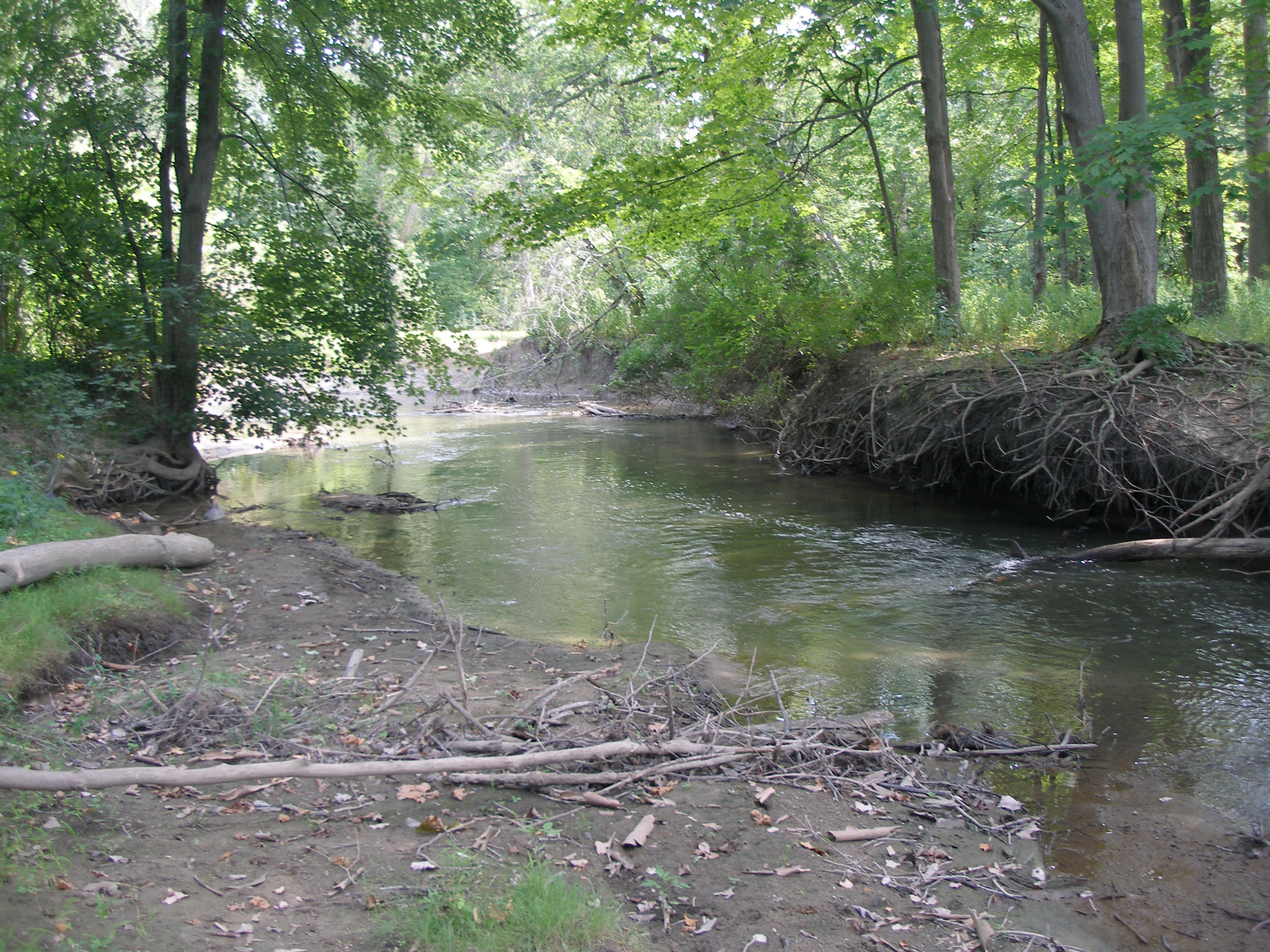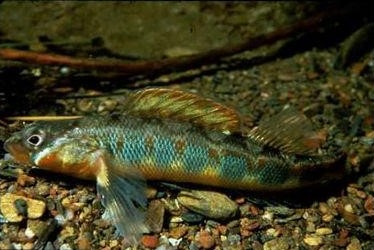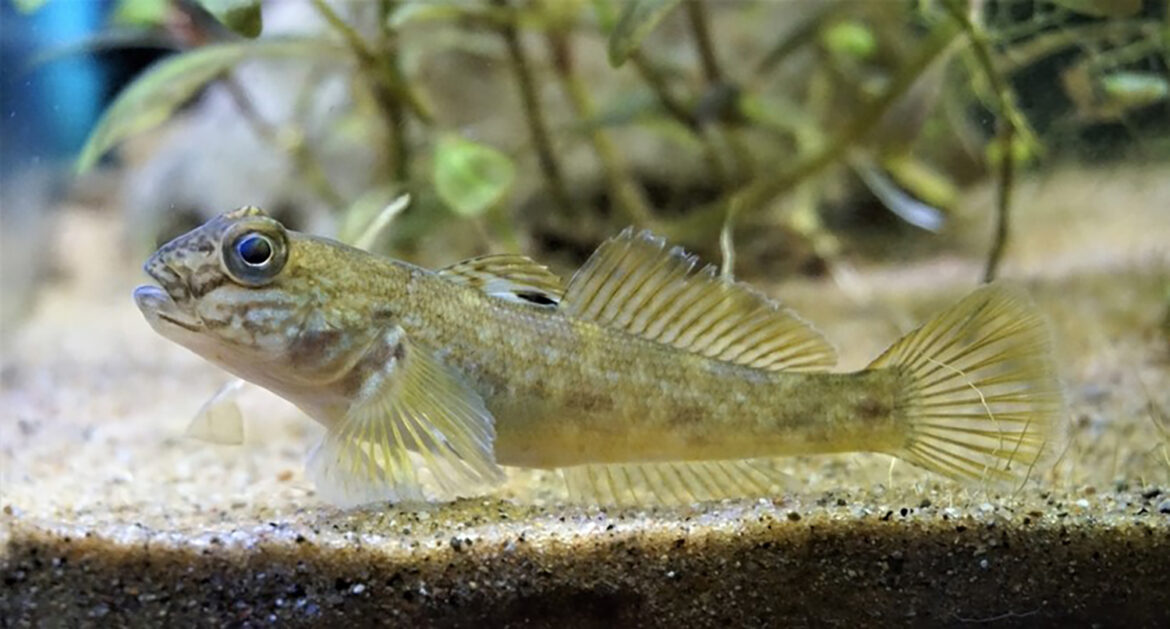Water
New technology provides hope for the Great Lakes’ polluted waters
|
The Ohio Department of Natural Resources (DNR) and Environmental Protection Agency have demonstrated a new technology designed to reduce harmful algal blooms as part of a wide range of efforts on both sides of the Canada-U.S. border to address the threat of Eutrophication on the Great Lakes and other inland bodies of water.









